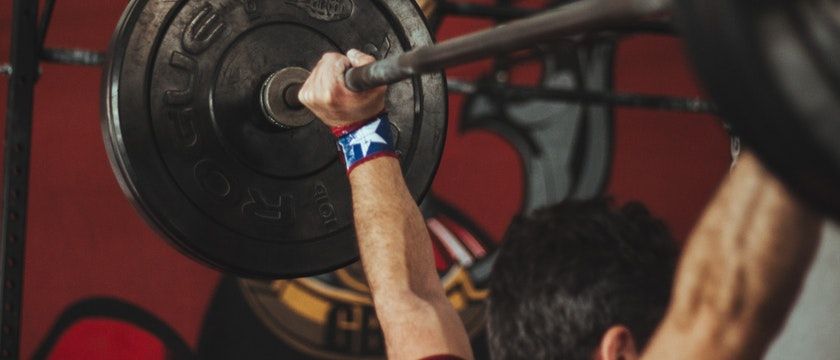
Overview of Side Delts
The deltoid is a large, three thick headed triangular muscle which originates from the clavicle and the scapula at the rear of the shoulder and extends down to its insertion in the upper arm. Its function is to rotate and lift the arm. The anterior deltoid lifts the arm to the front, middle deltoid or side delts lifts the arm to the side, and the posterior deltoid lifts the arm to the rear.
Training Side Delts
Side delts play an important role when it comes to lifting the weight as it gives the support to muscles and tissue involved in improving your strength. We have specified the best training techniques for developing side or lateral deltoid underneath:
Standing Lateral Raises
You can develop the outer head known as side deltoid by doing this technique as it isolates the motion and helps in improving muscle mass.
How to do it: Take a dumbbell in each hand, bend forward slightly, and bring the weights together in front of you at arm’s length. Start each repetition from a dead stop to keep yourself from swinging the weight up. Lift the weights out and up to either side, turning your wrists slightly so that the rear of the dumbbell is higher than the front. Lift the weights to a point slightly higher than your shoulders, then lower them slowly, resisting all the way down.
One Arm Cross Cable Laterals
It allows you to isolate the first one side of the body, then the other, and the cable provides constant tension unaffected by your motion relative to the pull of gravity. Best training technique to develop side deltoid.
How to do it: Grab the handle and stand with your arm down and across your body, your free hand on your hip. With a steady motion pull outward and upward, keeping the angle in your elbow constant throughout the movement, until your hand is just slightly higher than your shoulder. Twist your wrist as you raise your arm as if you were pouring a pitcher of water Do your reps with one hand, then as an equal number with the other
One-Arm Side Cable Lateral
Are you looking to define your shoulder muscle especially side deltoid then try this technique?
How to do it: Stand upright, with your arm down beside you, holding on to a handle attached to a floor level pulley. Place your other hand on your hip. Keeping your arm straight, lift it up in an arc in one smooth motion until it is higher than your head. Lower your arm back to your thigh. Complete your repetitions, and then repeat using the other side.
Lying Side Laterals
The purpose is to develop the muscle mass on side deltoid with the definition.
How to do it: You can use abdomen adjustable incline bench to do this training technique. Lie on your side, with your head raised and holding a dumbbell in one hand, lower it almost to the floor. Then raise it up all the way over your head, keeping your arm straight. Remember to twist your hand slightly while lifting, turning the thumb down, to further contract the rear deltoid. When you have done the repetitions for one side, turn over and do an equal number for the other side.
Benefits of Side Delts
Well developed side delts have numerous benefits and we have specified some of the common benefits underneath:
- Side Deltoid can make your shoulder more proportional by widening the appearance of the upper body
- It improves your weight lifting strength and techniques
- You can prevent shoulder injuries as muscle mass gives extra support to the ligaments and tissues
- Side Delts improves the movement of Glenohumeral joint
- Muscle mass in side delts enhance the muscle growth in the arms as you lift more weight than normal
Precautions/Mistakes of training Side Delts
We all do common mistakes while training side delts and forgot to take the precautions to avoid injuries. We have specified some of the common mistakes and precautions underneath:
- Lifting heavy weights with excessive momentum can lead to a shoulder injury as you jerk the shoulder while lifting the heavyweight
- Lifting weight upright straight can cause severe lower back injury and to avoid this it is recommended to bend slightly forward to prevent the stress and injury in the lower back
- You should exhale when lifting the weight against the gravity and inhale when going down to improve the oxygen and blood level in the body